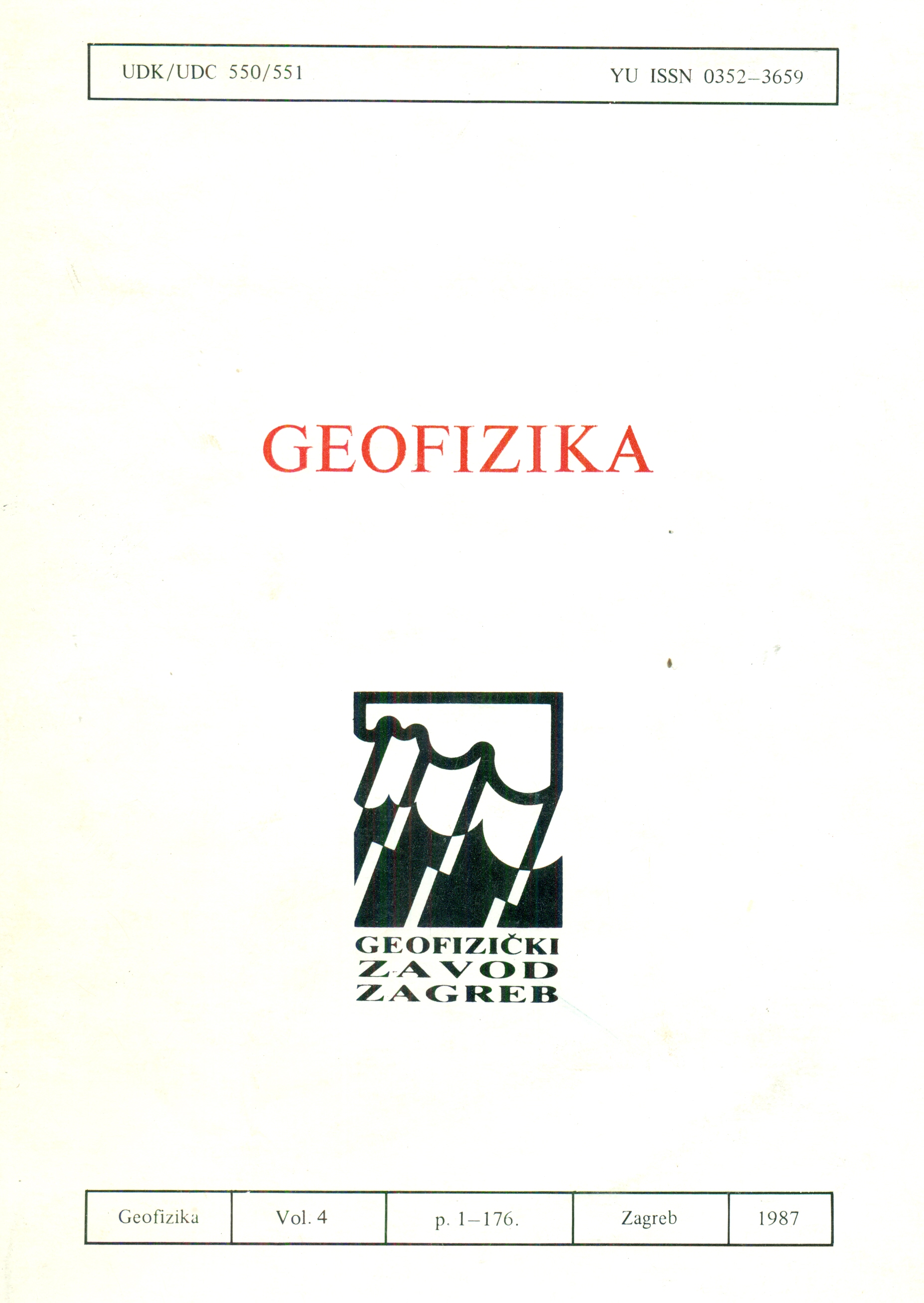Air-sea interaction in the vicinity of the land-sea boundary in the presence of upwelling
Abstract
In order to examine a possible sea-air interaction in the vicinity of the western edges of continents, successive integrations of a 2 – D atmosphere and ocean models were performed. The ocean model had prescribed wind forcing that was obtained from the atmospheric model which in turn had prescribed sea surface temperature resembling one for well developed upwelling.
Both models are for a hydrostatic and Boussinesq fluid with a sigma coordinate system. They have high resolution in the horizontal and a very high resolution in the vertical, capable of resolving both top and bottom boundary layers. Turbulent fluxes and mixing coefficients are parameterized with the so-called 2.5 level, second order closure scheme proposed by Mellor and Yamada. Seaward boundary conditions for the ocean model and lateral boundary conditions for the atmosphere model were of the radiation type. The ocean model had prescribed sea surface elevation and y-component of the pressure (buoyancy) field from the available data.
The diurnal cycle for the atmosphere model was implemented through the specification of the land surface temperature while night time cooling was modelled with a Newtonian forcing. The reference thermodynamic state of the atmosphere model was very similar to the observed state of the atmosphere in the Coastal Ocean Dynamics Experiment while environmental winds were specified to give values for the wind-stress close to the observed climatological values.
The significant modification of the wind-stress profile relative to the wind-stress profile for the homogeneous sea surface temperature was obtained when the sea surface temperature was similar to the one for the well-developed upwelling. In the case of the constant sea surface temperature wind-stress profile was fairly constant in the offshore-onshore direction except in the vicinity of the coast line. With sea surface temperature profile resembling well-developed upwelling the atmosphere model developed wind-stress profile that had pronounced decrease in 40 km band next to the coast and a weak increase right at the coast.
The ocean model forced with the wind stress obtained from the atmosphere run that had homogeneous sea surface temperature, developed strong upwelling zone and quite strong equatorward current with embedded jet near the coast. Forced with the wind stress from the run with nonhomoheneous sea surface temperature, the ocean run had a much weaker upwelling and a double structure of the longshore current with the poleward flow in the vicinity of the coast line an equatorward flow in the region, away from the coast, where wind stress was bigger than the prescribed, vertically integrad y-component of the pressure gradient force.
Downloads
Published
Issue
Section
License
Copyright (c) 2021 Geofizika journal

This work is licensed under a Creative Commons Attribution-NonCommercial 4.0 International License.

